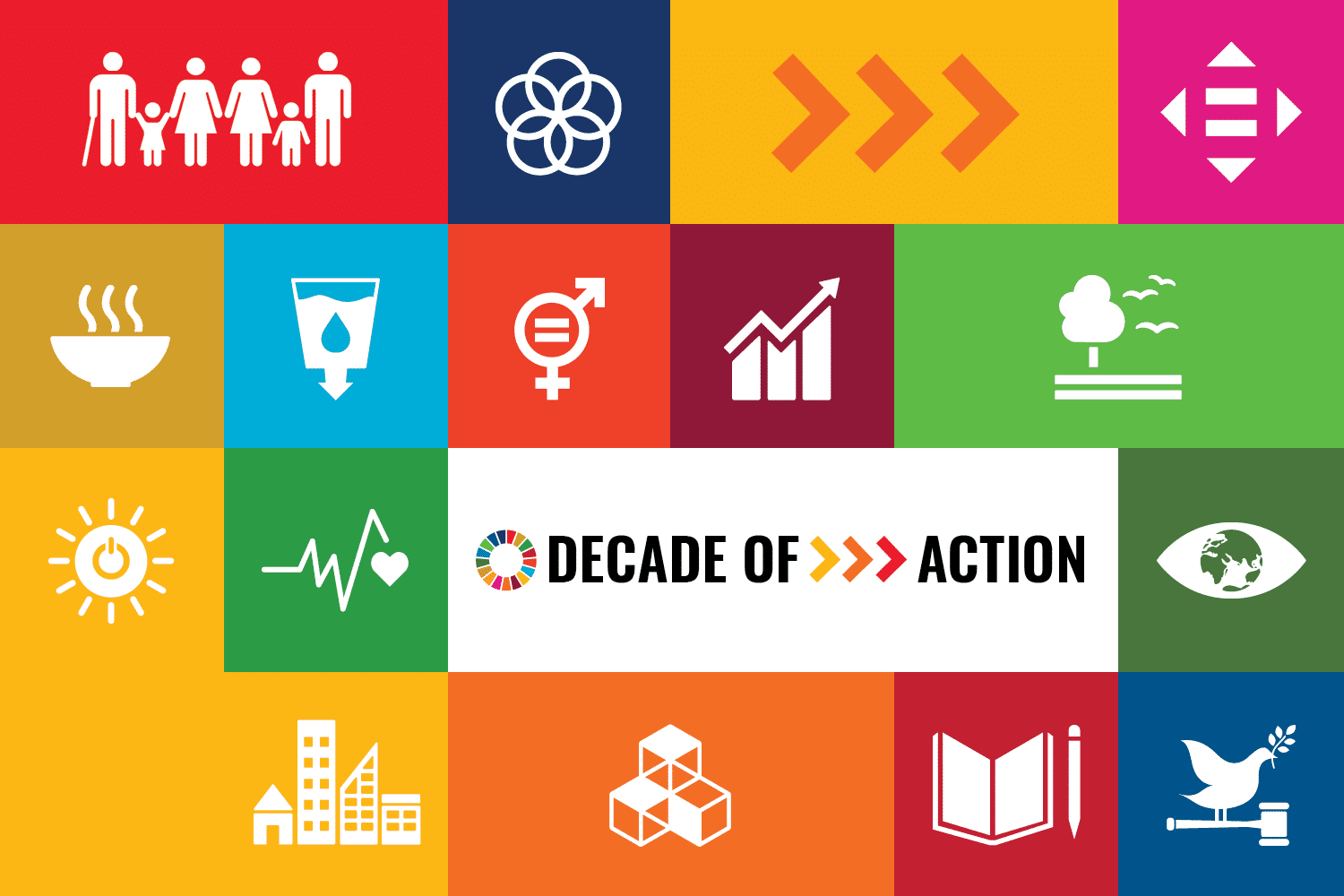联合国可持续发展目标(SDG)是对现在和未来的人类和地球的紧急行动呼吁。铜起到了至关重要的作用。
ICA’s work advances the SDGs, which provide a 15-year framework for addressing humanity’s most critical issues. ICA strives to contribute to all 17 of the SDGs, and 7 SDGs most closely match ICA’s focus:
关于可持续发展目标7--可负担和清洁的能源
Approximately one-quarter of global energy use is supplied by renewable energy, which is needed to mitigate greenhouse gas emissions, reduce energy costs and help provide energy to 759 million people that lack electricity. Copper is used in renewable energy systems to generate power from solar, hydro, thermal, and wind energy across the world.
About SDG 8 — decent work and economic growth
SDG 8 calls for continuous, inclusive and sustainable economic growth, promoting job creation and decent work for all. The copper industry generates hundreds of thousands of jobs, often in areas where safe, well-paid local employment opportunities are scarce. Mining also contributes to the consumption of goods and services in other industries, creating jobs beyond the mine site in additional sectors of the economy. The industry distributes billions of dollars in economic value across local and national economies in the form of wages, operating costs, financing and local community development. ICA members are committed to providing safe and sustainable workplaces to drive progress on this goal.
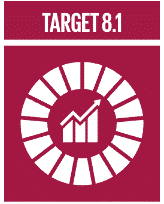
Sustainable Economic Growth
On average, ICA members surveyed generate $99 billion per year in the global economy. In 2020, 94 percent of the revenue was redistributed in the form of wages, operating costs, financing and local community development.
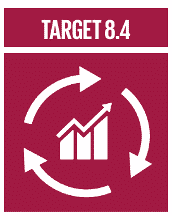
Improve resource efficiency and consumption in production
Average energy intensity per tonne of finished copper product at surveyed members' operations was 45 GJ in 2020. Declining ore grades have caused energy intensity to gradually increase over time, but innovations in mining and processing technologies have enabled the industry to increase productivity and extend the lifetime of existing mines. Additionally, energy required during production is often offset during the use phase. Seventy percent of copper goes to electrical end-use applications because it is the most efficient nonprecious conductor of heat and electricity. Member examples include: Codelco Commits to Reaching Net-Zero Emissions by 2050 with its “100 Percent Clean Energy Matrix” and Rio Tinto Advances Clean Energy at Kennecott

Full employment and decent work with equal pay
ICA members surveyed provide employment to an average of 281,000 people across the globe every year. This does not include the hundreds of thousands of jobs created by industries using copper in other sectors of the economy. Many ICA members have committed to the ICMM Social and Economic Reporting Framework, which enables members to measure and report on workforce compensation, pay equality, provision of training and other business activities related to responsible employment. As an example, Connecting with Community: Conscientious Mining at Anglo American’s Quellaveco
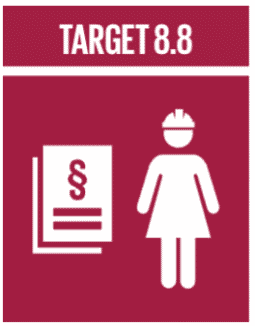
Protect labor rights and promote safe working environments
Between 2011 and 2020, members cut the injury rate nearly in half, to 3.2 injuries/1 million hours worked. Significant investment in equipment and training, as well as industry-wide use of the ISO 45001 (Occupational Health and Safety) standard has driven progress on worker safety.
About SDG 9 — industry, innovation and infrastructure
Copper is an essential contributor to renewable energy infrastructure, electrification and energy-efficient technologies, including everyday devices such as mobile phones and computers. In addition, copper production and recycling require significant investments in infrastructure to maintain and improve the sustainability of operations. Through innovations in technology and processes that reduce carbon emissions, energy requirements, water usage and materials intensity, ICA members are committed to making positive contributions to SDG 9.
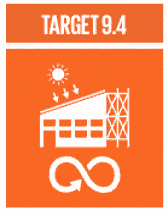
Upgrade all industries and infrastructures for sustainability
ICA members spend billions of dollars per year on new and improved mining processes, conservation, equipment, research and development, environmental protection and occupational health and safety to develop quality, reliable, sustainable and resilient operational infrastructure. To learn more about the copper industry’s commitment to innovation for sustainability, see ICA’s interactive webpage on the Into the Modern Mine.
关于SDG11--可持续发展的城市和社区
为了使城市和社区更加安全,更具弹性和可持续性,需要增加创新技术的应用。铜已经是我们最创新的技术的重要成分,如智能能源技术、水产养殖和电动汽车,它在电动汽车、能源效率和可再生能源中的作用正在增加。铜的生产提供就业机会,并促进实现可持续发展目标11所需的更高的生活标准。
铜也是绿色和健康建筑的关键材料。铜在商业建筑中的用途超过128种,从而提高了用水效率,改善了室内空气质量,减少了温室气体排放。到2025年,智能城市技术中铜的总量可能比2019年的水平增加近一倍。点击这里了解更多关于铜在绿色和健康建筑中的作用。
关于SDG 12 - 负责任的消费和生产
Copper’s ability to be infinitely recycled without losing its chemical or physical properties helps reduce global waste. On average, copper products contain more than 30 percent recycled content, and nine million tonnes of copper are recycled each year. ICA supports the copper industry’s efforts to recycle copper and reintroduce this valuable metal back into the economy. Due to copper’s resiliency and long-term use in applications, both primary and secondary production are needed to meet demand. ICA works with its members to track responsible production of copper through members’ voluntary reporting of CO2 emissions, energy intensity, water reuse and recycling, and sustainability reporting rates.
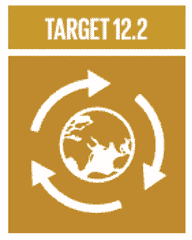
Sustainable management and use of natural resources
The sustainable management of natural resources, such as water, helps ensure operations remain efficient and communities have access to natural resources. Copper mining and production require water. The ability to recycle and re-use significant amounts of water reduces the need to draw new water from the environment. In 2020, 67 percent of operational water requirements for copper production at surveyed members’ sites were met by recycled and reused water. ICA encourages all of its mining members to use the Water Reporting: Good practice guide (2nd Edition) produced by ICMM.
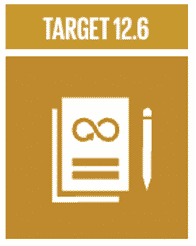 Encourage companies to adopt sustainable practices and sustainability reporting
Encourage companies to adopt sustainable practices and sustainability reporting
Ninety-five percent of ICA members publish a sustainability report or an integrated report containing sustainability information, of which 95 percent are third-party verified.
关于SDG13--气候行动
Copper’s use in energy-efficient and renewable technologies makes it an essential resource for meeting SDG 13. ICA members are also taking action to reduce CO2 equivalent emissions in their operations On average, 4.1 tonnes of CO2 are emitted to produce one tonne of copper. See Freeport McMoRan’s use of cutting-edge technology to cut emissions, Teck’s commitment to low carbon production processes, and an example of the first ever carbon neutral copper cathode produced by BHP Billiton and Southwire.
Approximately 29 percent of global energy is supplied by renewable energy, which is needed to mitigate greenhouse gas emissions, reduce energy costs and help provide energy to 759 million people that lack electricity. Copper is a key component of renewable energy systems including solar, hydro, thermal and wind power and will continue to be part of reducing emissions on a global scale.

